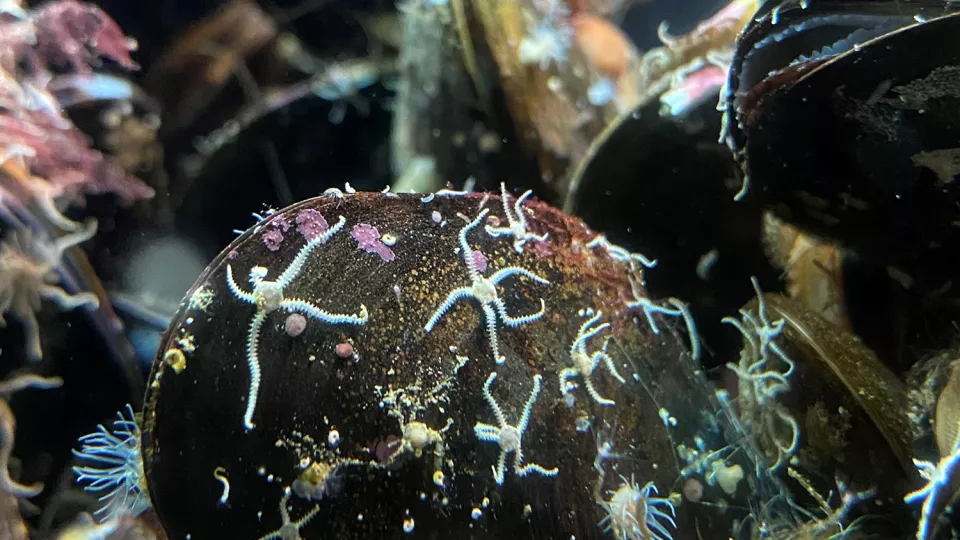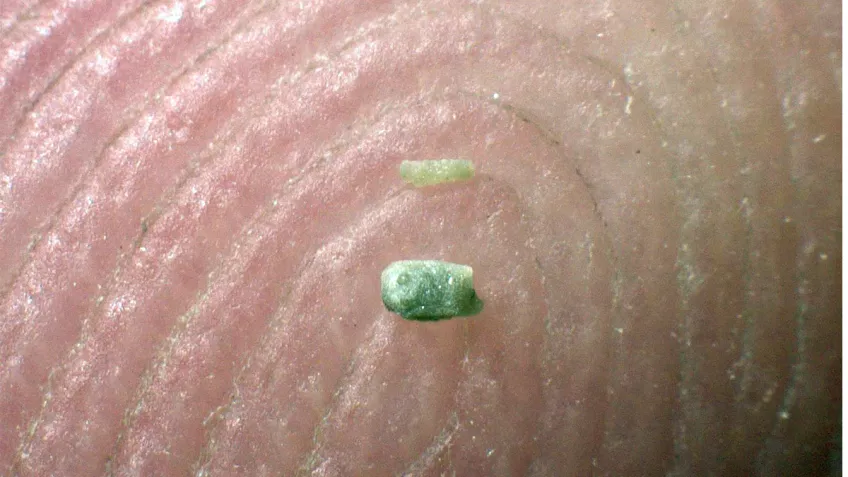Brittle stars are a group of echinoderms that are closely related to starfish. Their bodies consist of a round disk from which five thin, snakelike arms extend. This phylum, which comprises around 7 000 different species, lives on the seabed in all the world’s oceans. In a new study published in the scientific journal Communications Biology, an international research team analysed skeletal remains from extinct brittle stars found in Gotland’s Silurian bedrock, resulting in a series of new discoveries.
‟We can date the emergence of the modern brittle stars very precisely. But not only that. We can also show how and why this happened”, says Mats E. Eriksson, geology researcher at Lund University.
The study focuses on a couple of 428 million-year-old species, Ophiopetagno paicei and Muldaster haakei, which directly succeeded one another in time. It is in this change that the researchers succeeded in discovering a marked transformation of the species’ basic structure, specifically a reduction in size that brought about a simplification of the animals’ skeleton. This, in turn, resulted in the body shape that characterises all modern brittle stars.
‟This evolutionary change coincides with a global environmental crisis, known as the Mulde Event, which led both to the extinction of many animal species and to changes in the chemistry of seawater. Our modern brittle stars emerged as a result of an acute environmental emergency”, says Mats E. Eriksson.
Because the fossil record is incomplete, it is unusual for researchers to be able to date the actual emergence of a new species with such a high degree of precision, while also providing an explanatory model for the course of events. The new study gives us important keys for understanding how environmental changes can set in motion major evolutionary processes.
‟Increased knowledge about the biological response to environmental stress is important, not least today, considering the prevailing climate and habitat changes affecting many organisms”, says Johan Lindgren, geology researcher at Lund University.
In addition to Lund University, the following higher education institutions and organisations took part in the study: Natural History Museum Luxembourg, National Museum of Natural History (Washington), American Museum of Natural History (New York).
The study has been published in the research journal Communications Biology.

